#Navigating political censorship in digital PR: Understanding media ownership and trust

Table of Contents
Uncover the impact of media consolidation and political agendas on digital PR campaigns and make informed placement decisions.
In 12 years of overseeing Fractl’s digital PR team, this year, I saw an unprecedented number of brands blacklisting publishers and aggressively removing political campaign data.
A few weeks ago, I lurched forward on my couch when the Harris campaign blamed brands’ unwillingness to “take a stance” as a core part of why they failed.
“There were places that we knew we had support, that we desperately wanted to go and have conversations that we thought would be interesting and relevant and fun, and we couldn’t get there.”
Around the nation, brands silently echoed: “We won’t take a political stance, because our target market is divided.”
These situations are incredibly nuanced and important for content creators and digital PR professionals to navigate when earned media is the end game.
After The Washington Post brought the issue of political censorship front and center, I pondered:
“How can my digital PR team effectively navigate earned media for our clients without having a deep understanding of the political ties of major publications?”
Fortunately, as I began my quest to deepen our understanding of media ownership and consumer trust, I came across a plethora of datasets:
- YouGov: Trust in Media 2024
- Havard Business Review: Index of U.S. Mainstream Media Ownership
- Pew Research Center: State of News Media
- Wikipedia: Concentration of Media Ownership
Using these robust datasets, I’ve built a resource to help digital PR teams navigate which publishers their brands or clients might align most with, or want to blacklist.
Understanding media censorship and consumer trust
The United States Press Freedom Index, which measures the level of freedom available to journalists, has been plummeting over the last decade.
The consolidation of media ownership and the influence of corporate interests have played a role in this, with increasing concerns that news coverage is swayed by political agendas and bottom lines rather than journalistic integrity.
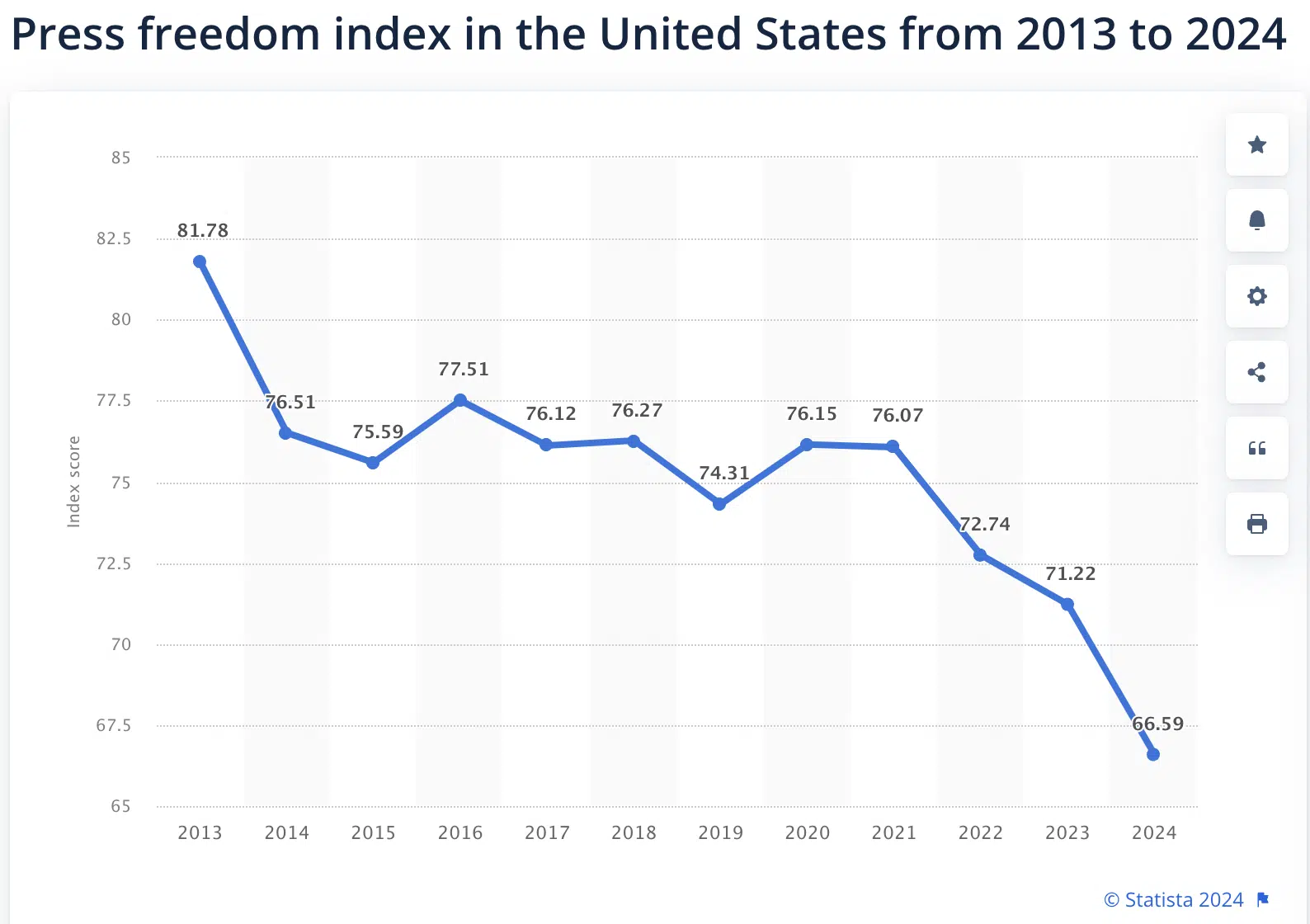

While studies indicate a growing conservative tilt in major economies, people worldwide have found themselves in political bubbles, solely engaging with like-minded peers and eliminating exposure to more diverse, challenging viewpoints.
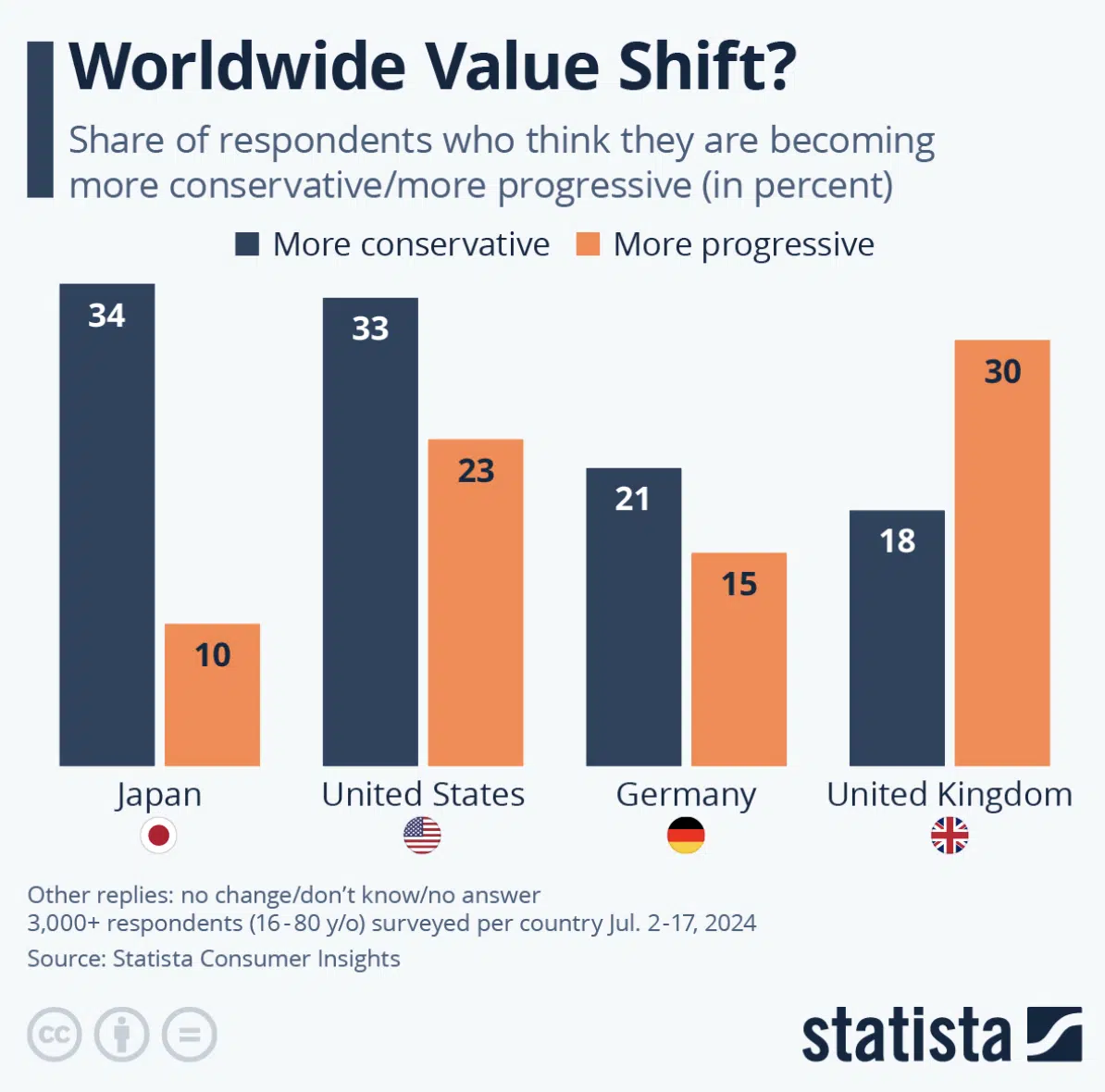

However, I still see hope in the data.
While trust in news sources varies globally – influenced by political events, media literacy, and the spread of misinformation – more traditional news outlets have consistently maintained higher trust levels across numerous studies.
Yes, there will always be political editorial strongholds like BrietBart versus CNN.
However, research demonstrates that the publishers that strive for more balanced reporting generally earn greater consumer trust.
This is a global phenomenon and the first clue for how digital PR teams can navigate earned media for brands that want to take a more right, left, or central stance.
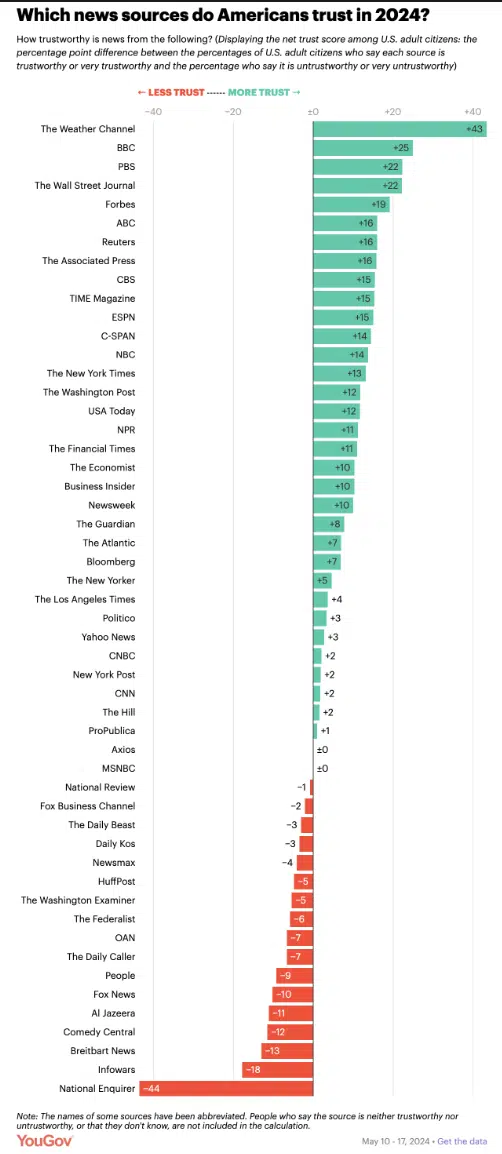

This pattern isn’t isolated to Americans; similar trends are seen in the media brands Britons trust the most.
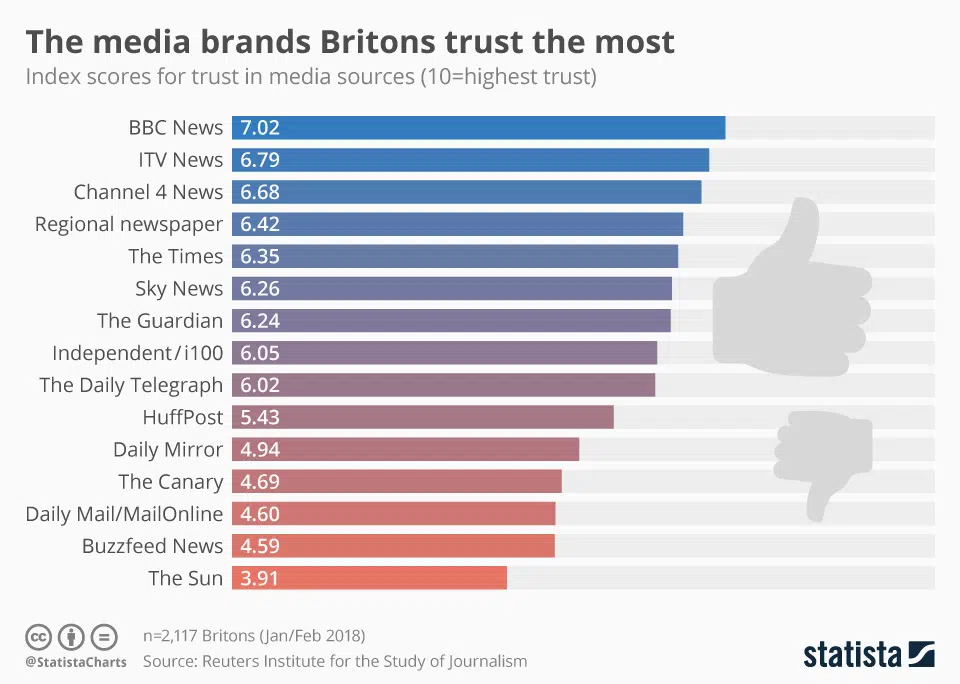

Aligning your brand with Democratic or Republican-leaning publishers
While the vast majority of our clients have wanted to align with publishers that maintain a more neutral stance, certain brands will request to blacklist publishers that lean too far right or left.
Understanding this ecosystem will be critical to your success in the coming years, as some publishers may begin to crank out more propaganda while others face more extreme censorship.
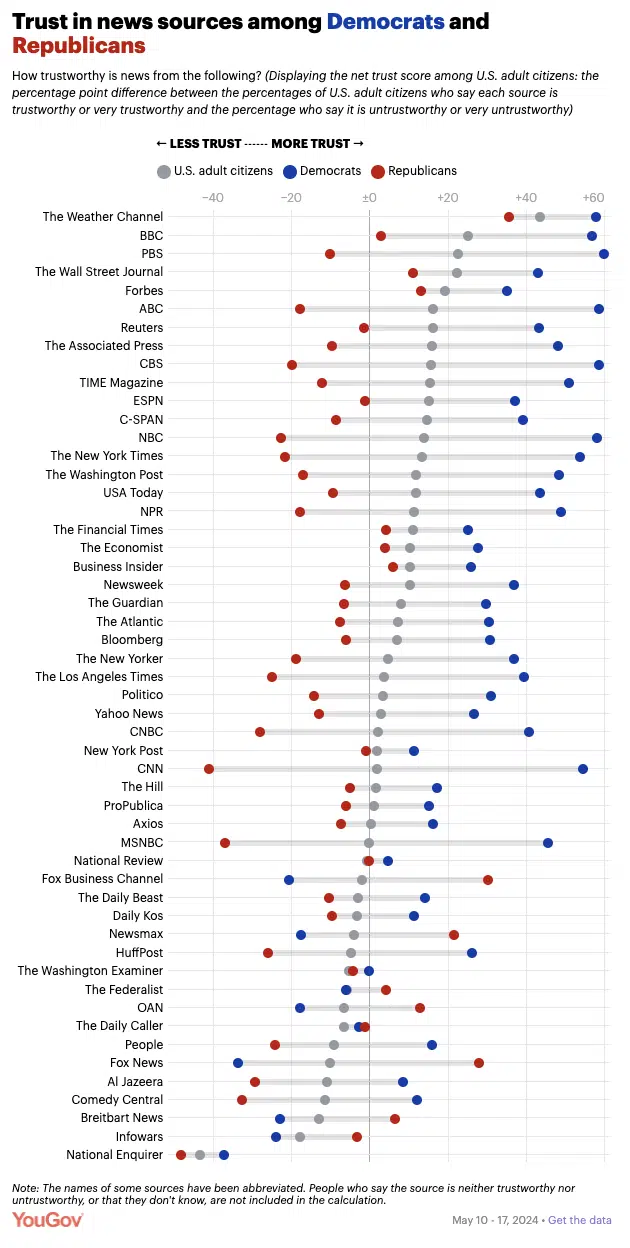

Understanding the political backing behind mainstream media conglomerates
Sparked by The Washington Post story, my co-founder, Kristin Tynski, and I wanted to take this research further than consumer trust.
We decided to investigate the potential hidden political agendas behind the largest media conglomerates based on political donations made by their ownership.
For this mission, we looked at data from the Federal Election Commission.
Immediately, we proved our thesis:
- Political contributions on behalf of media political action committees (PACs) and their owners spiked ahead of key election cycles when funding and media narratives are most critical.
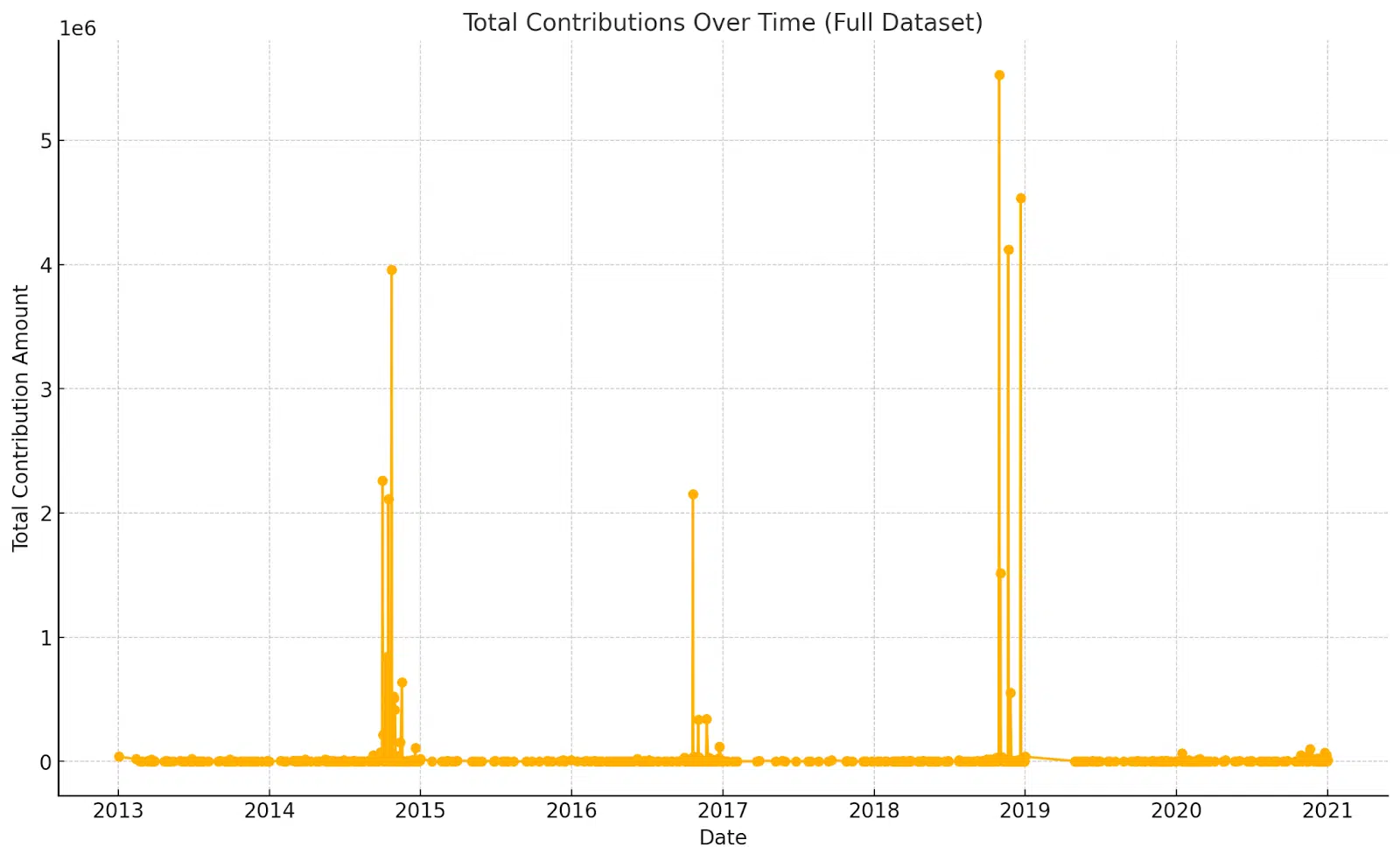

During the 2023-2024 election cycle, Michael Bloomberg emerged as a significant political donor, contributing approximately $43.5 million to Democratic causes and $1 million to Republican causes, positioning him as the top donor to Democratic efforts at the federal level during this period.
The Independence USA PAC, founded by Michael Bloomberg, exemplifies how media conglomerates back PACs that shape both publisher narratives, policy making, and election outcomes.
Bloomberg hasn’t been alone in his mission, with dozens of individual media owners donating millions of dollars every election cycle.
Next, we explored the Harvard US Media Index, where dozens of media owners donated millions of dollars to support GOP and Democratic parties in the past election.
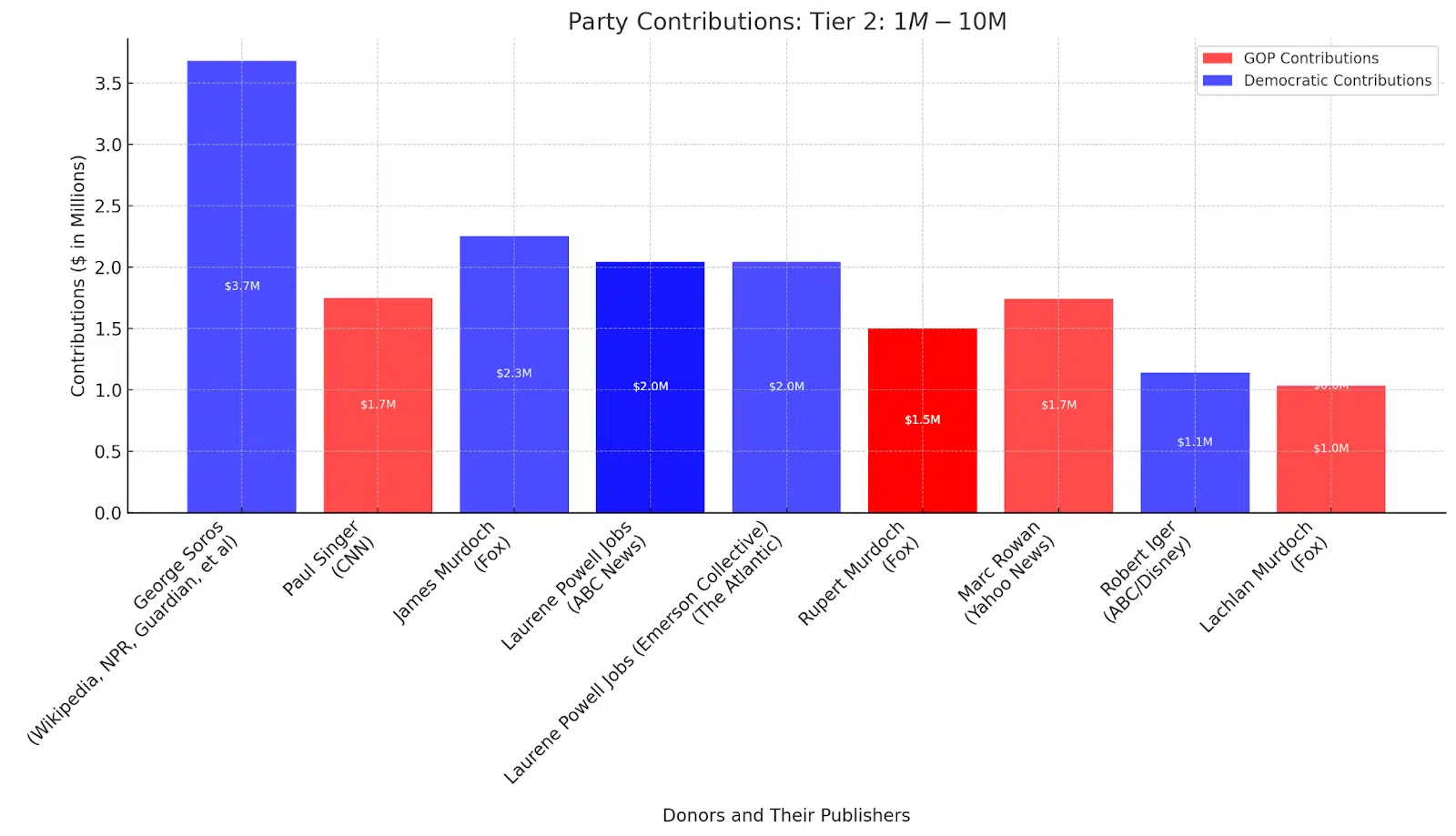

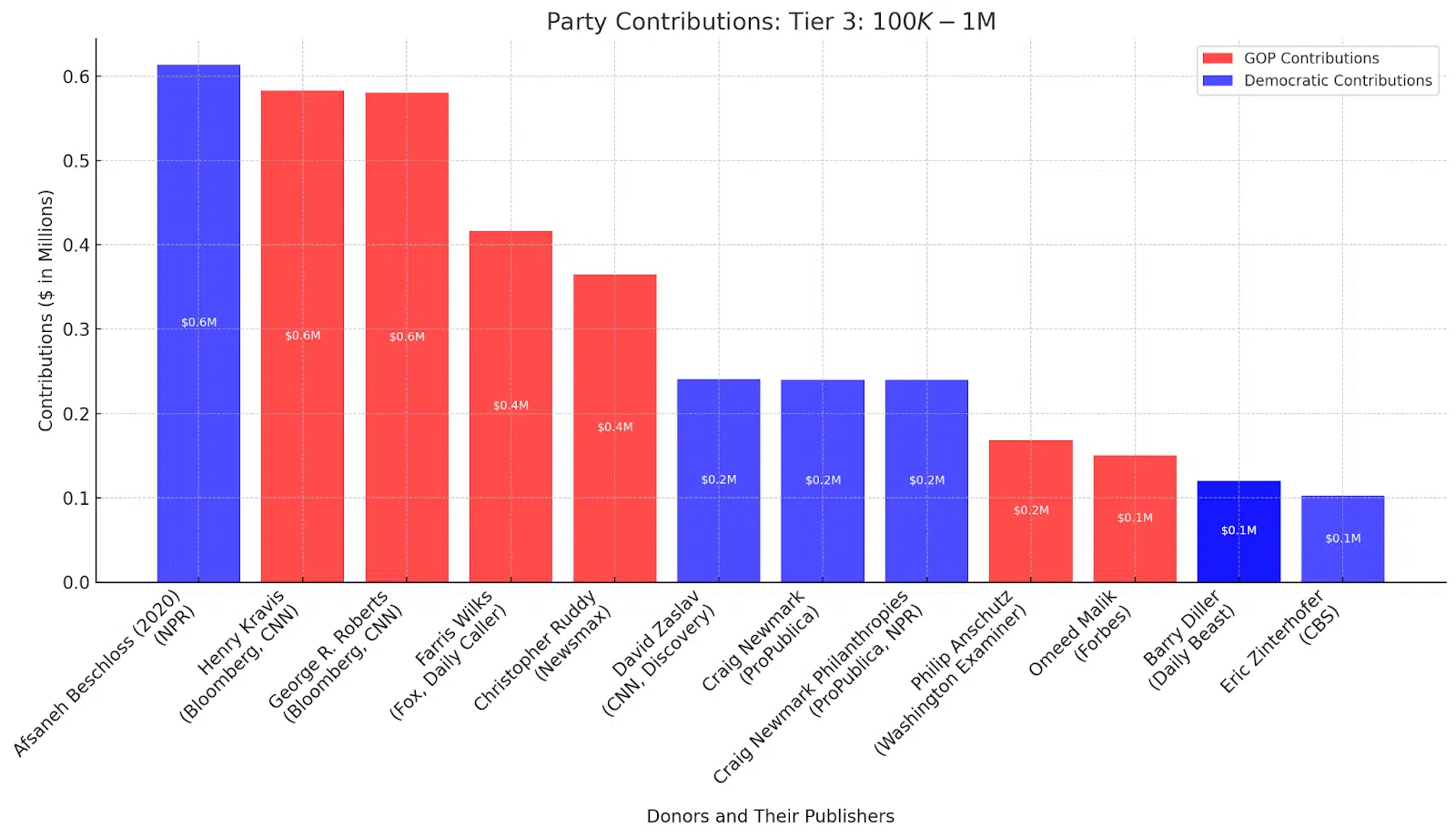

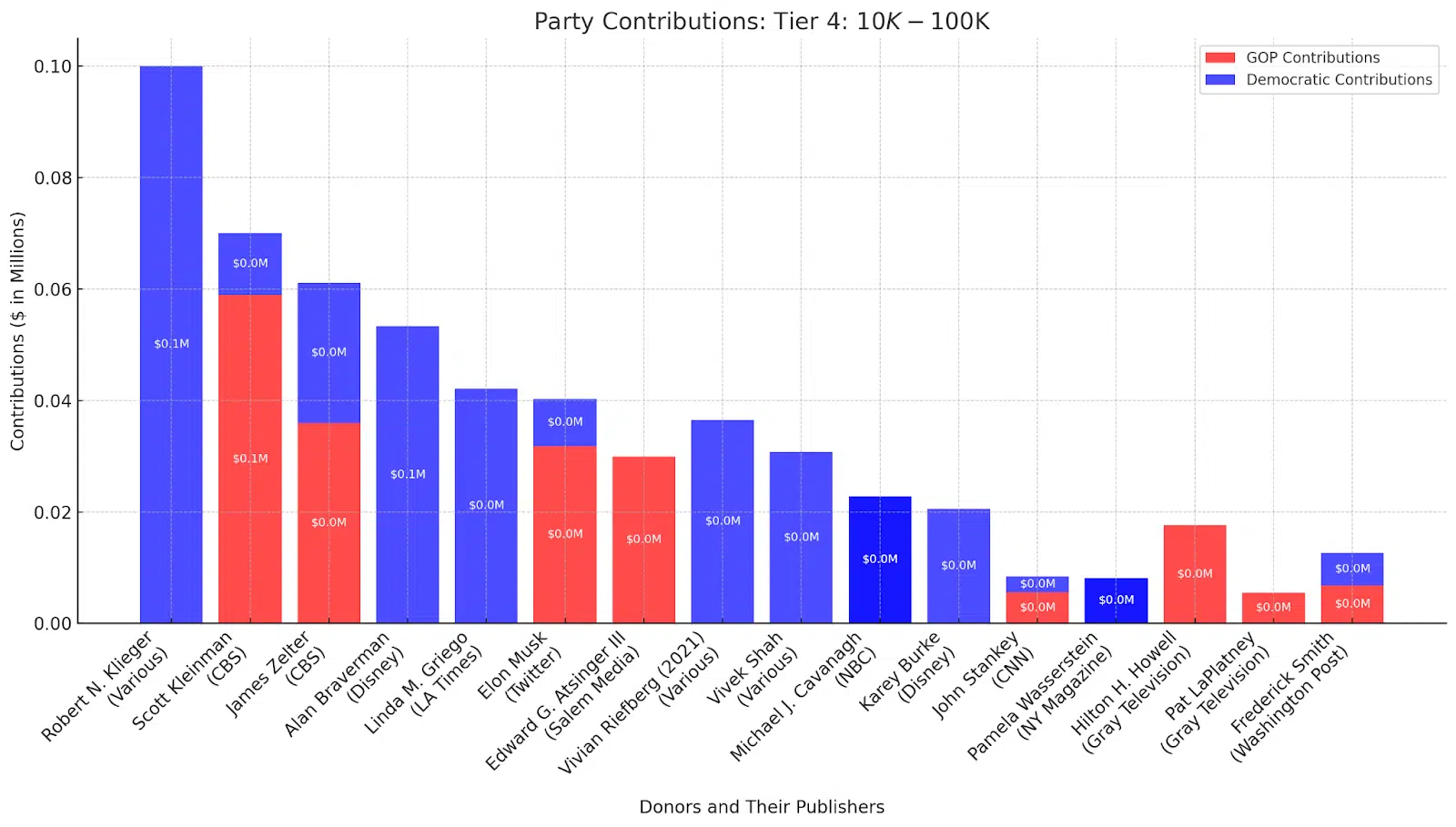

While understanding individual donors and their political stances is one part of the puzzle, the intricacies are complex and require you to factor in all the above charts and insights while staying informed as more companies merge into one.
Although digital PR teams face a polarized media landscape, we must learn how to adapt in a world where content placement decisions will be increasingly scrutinized for perceived political bias, and brands must decide how they toe the line.
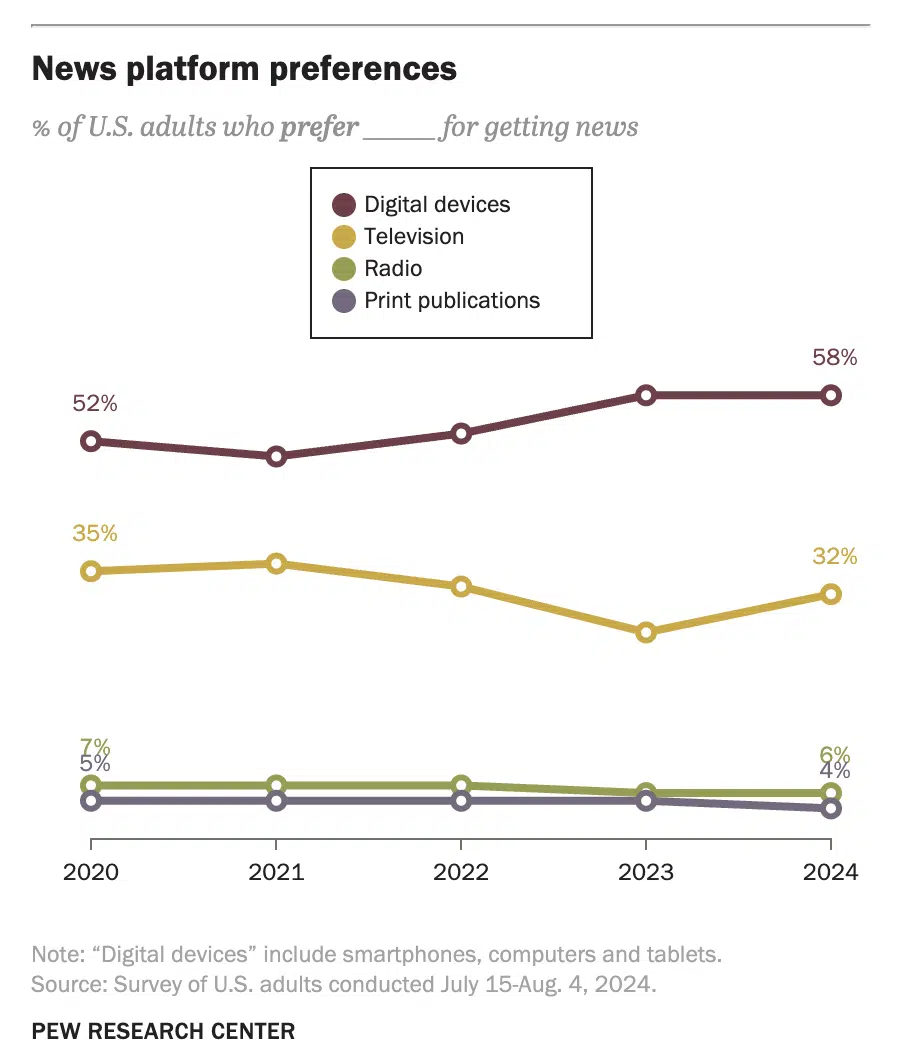

Regardless, even with inherent media biases, digital platforms remain one of the most trusted news platforms for U.S. adults, and brands will continue to invest in digital cross-channel consumer engagement for years to come.
Dig deeper: Decoding ad spend: Key insights from the 2024 presidential election
If you liked the article, do not forget to share it with your friends. Follow us on Google News too, click on the star and choose us from your favorites.
If you want to read more like this article, you can visit our Technology category.




